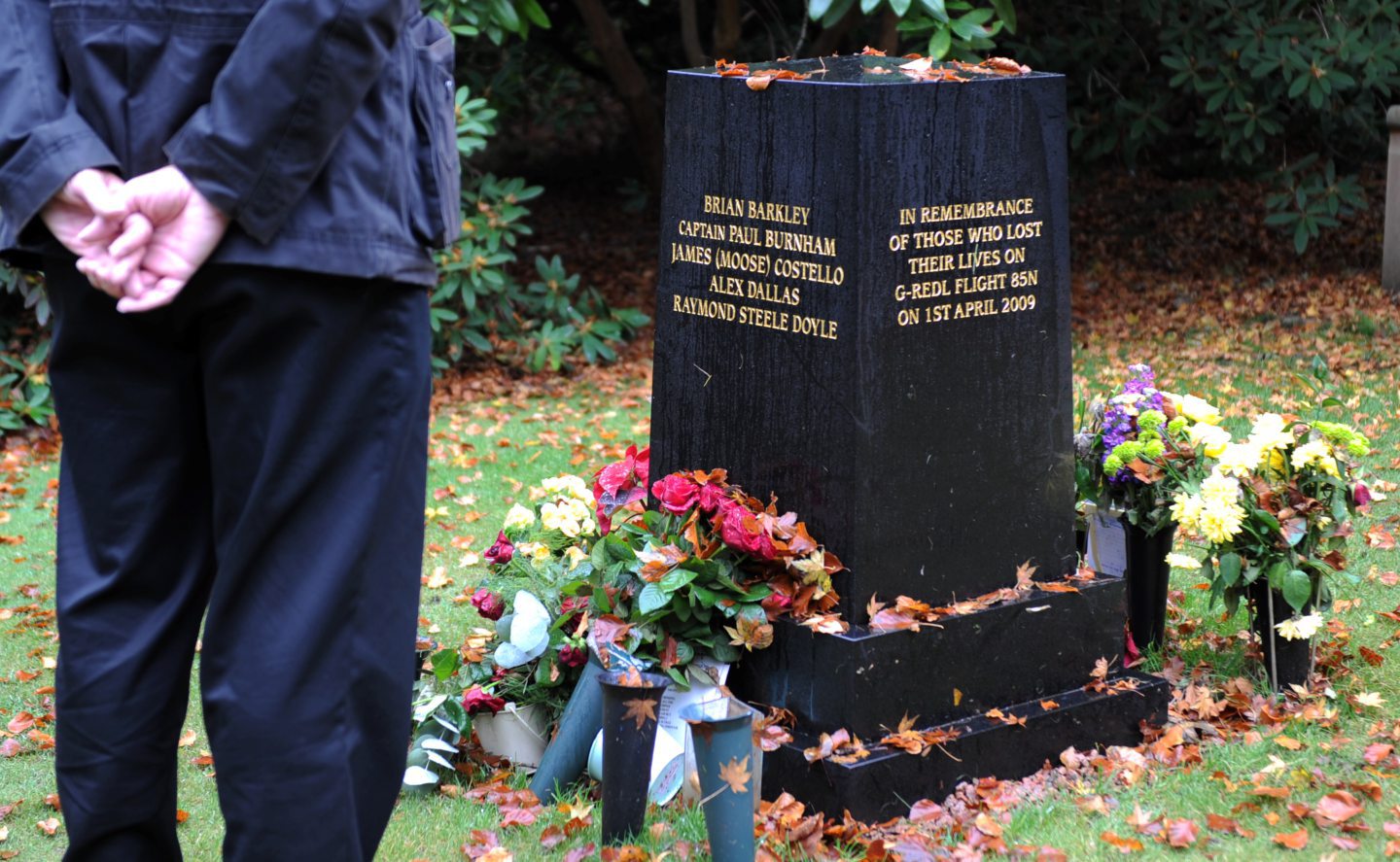
Experts have called for vigilance as the UK oil and gas sector marks a decade without a fatal helicopter safety incident.
It has now been more than 10 years since the last fatal crash in UK waters linked to the sector; the 2013 Sumburgh Airport Super Puma incident, which killed four people.
Prior to that, the industry had a series of other Super Puma fatalities, including the 2009 BP Miller crash which marks its 15th anniversary in the new year.
In its latest health and safety report, trade body Offshore Energies UK (OEUK) said “this decade without an accident demonstrates that the industry has learned lessons while globally the picture was very different”.
It continued: “Despite there being many factors common to both regions; and in some areas, such as commercial pressures, the UK is actually a more challenging environment.”
In the last two years there have been fatal incidents including in the US Gulf of Mexico in 2022, and in the Arabian Gulf in 2023.
Neither were with helicopters used in the UK offshore sector.
Even so, the UK came perilously close to disaster in 2023 when, during Storm Otto, helicopter blades snapped off in 100mph winds while workers were still on the Elgin platform helideck.
Installation operator TotalEnergies conceded that lives could have been lost. An Air Accident Investigation Board (AAIB) report is expected soon on the incident.
Andy Evans, director of consultancy Aerossurance, noted that 2023 came with dual milestones of going incident-free and a decade since Sumburgh, and said it is “vital the industry doesn’t become complacent”.
“A warning from history is the longest previous fatal helicopter accident-free period in UKCS history was 22 September 1992 to 16 July 2002, an impressive 9 years 10 months. This was followed by further fatal accidents on 27 December 2006, 1 April 2009 and 23 August 2016”, he noted.
On the risk of avoiding complacency, he said: “That depends on both the dedication and diligence of front-line staff and the foresight & commitment of management to give them what they need.
“The major safety risk of complacency would be treating offshore helicopter flights as a standardised commodity where every helicopter operator is equal, with customers selecting a helicopter operator purely on price and helicopter operators focusing on delivering to cost.”
High standards
Right now, much of the latest international standards are based on best practice “taken from the top-tier operators that we see every day on the field in Dyce,” says Steve Robertson, director of Air and Sea Analytics.
“I think a passenger on any of the helicopters operating from ABZ can be very confident they are flying on machines that are certified to modern standards, well-maintained and flown by highly-trained crew, regularly audited by independent third parties and overseen by a very credible national aviation authority.”
However, looking globally, Mr Robertson notes the market is split by those adhering to standards and those who are not, and there “is still more work to do” to get to the goal of ‘no lives lost in offshore aviation’ from industry safety group HeliOffshore.
“Whilst the industry has made good progress over the long term in reducing the incident and fatality rates there is still more to do.
“The last two years have seen a reversal of this trend globally which the industry is working hard to understand and address. We note that none of the fatal accidents that occurred in 2022 were related to modern types such as those operated from Aberdeen.”
Spare parts challenge
A “big challenge” which is being felt in the UK and other sectors is helicopter availability, says Andy Evans.
A lack of spare parts for its S-92 fleet, which is the dominant helicopter in the British North Sea following the effective ban on Super Pumas, has been well publicised.
Oil and gas players in the International Association of Oil and Gas Producers (IOGP) trade body have voiced concerns, while firms like Bristow have said explicitly it has stifled their growth in the UK sector.
The UK has a “big energy security advantage” on this front, compared to Norway, as it has a more diverse fleet (although the S-92 is the only “heavy” chopper in use, the UK has several “medium” sized choppers in the AW139, AW169 and the H175).
However there is a trade-off, says Evans, which could cause issue for the UK on availability of choppers.
“That benefit is offset by demand from regions with currently more buoyant oil and gas sectors, Brazil and Australia in particular, creating a demand to export aircraft from the UK.
“That is an unintended consequence of the UK Government’s windfall tax that could result in difficultly mounting new drilling campaigns and delays to decommissioning and constructing wind farms unless there is long-term thinking and commitments by the UK energy sector as a whole.”
Recommended for you


 © Supplied by DCT / Colin Rennie
© Supplied by DCT / Colin Rennie © Supplied by Chris Sumner/P&J
© Supplied by Chris Sumner/P&J